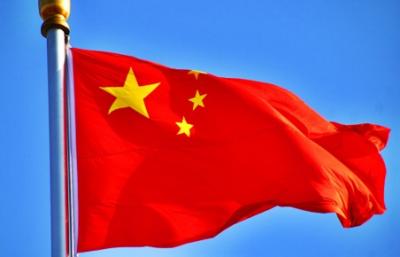Finally, Beijing has woken up to the rising debt problem of the Chinese local governments.
The China Banking and Insurance Regulatory Commission (CBIRC) and Ministry of Finance have issued a notice asking local banking and insurance institutions not to increase their “hidden debts” in the local governments. “This means that local government investment companies will be required to reduce existing debts, making them unable to easily find liquidity,” the Diplomat reported.
The news organisation reported that the move has jolted the local government investment companies as banks play a key role in providing loans as a main source of indirect financing. “In particular, the policy is expected to negatively impact those local government investment companies with hidden debts, forcing such firms to resolve their debts,” it said.
Also read: With China losing steam, India needs to revive the Asia Africa Growth Corridor in outreach to Africa
Sources said that the move is because of the debt level has become an “unreasonably high and therefor it is gradually becoming unmanageable, which is why the authorities have started moving towards addressing the situation.”
Financial Times in January reported that regional governments across China are evading borrowing limits by transferring assets on to the books of local investment companies to lower their official debt-to-asset ratios, according to executives and officials.
The news organisation noted that the practice has allowed local government finance vehicles (LGVFs) to raise more money for infrastructure and other construction projects. “But analysts warn that many of the assets are of poor quality, setting the stage for a surge in bad debts after a wave of bond defaults at government-backed companies in recent weeks,” it said, adding that Chinese banks, the biggest lenders to LGFVs, are comfortable lending to bigger government-owned investment companies even if their underlying asset quality is deteriorating.
According to the Diplomat, as of May 2021, local government debt across the country stood at $4.16 trillion.




















